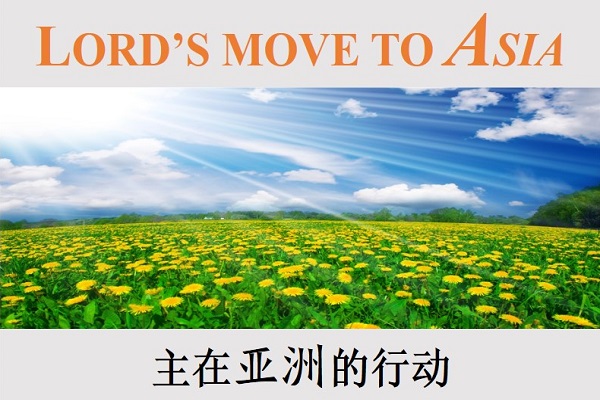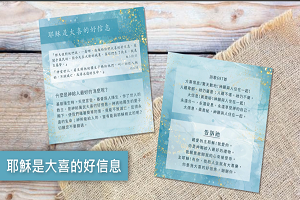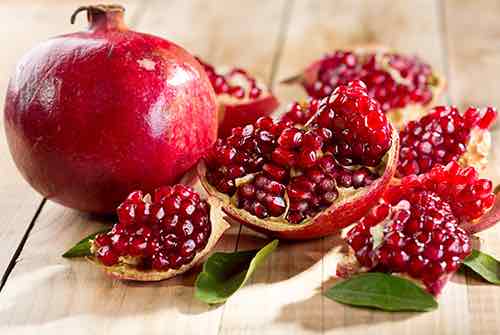
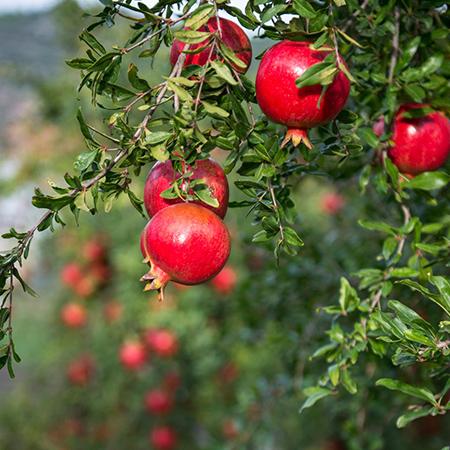
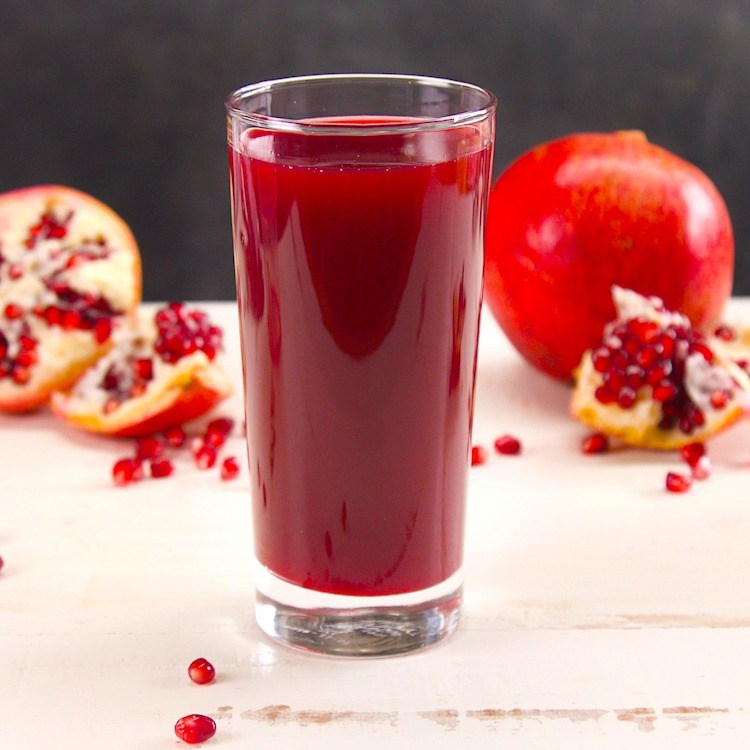
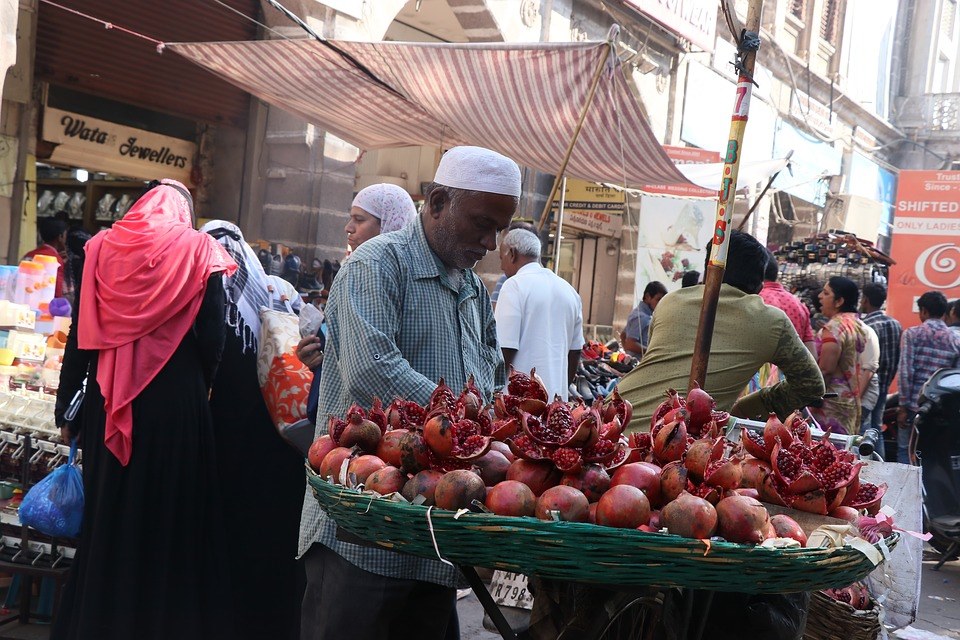
“A land of wheat and barley and vines and fig trees and pomegranates; a land of olive trees with oil and of honey.” (Deuteronomy 8:8)
“Let us rise up early for the vineyards; Let us see if the vine has budded, If the blossom is open, If the pomegranates are in bloom; There I will give you my love.” (Song of Songs 7:12)
The pomegranate is mentioned in the Bible many times. For example, the Book of Exodus describes the robe of the ephod worn by the priest as having pomegranates embroidered on the hem. According to the Books of Kings, the capitals of the two pillars (Jachin and Boaz) that stood in front of Solomon’s Temple in Jerusalem were engraved with pomegranates. It is also included in coinage and various types of ancient and modern cultural works.
It is traditional to consume pomegranates on the Jewish New Year (in September) because, with its many seeds, it symbolizes fruitfulness. Also, it is said to have 613 seeds, which corresponds with the 613 commandments of the Torah.
『那地有小麥、大麥、葡萄樹、無花果樹、石榴樹;那地有出油的橄欖樹,有蜜。』(申命記8:8)
『我們清晨起來往葡萄園去,看看葡萄發芽開花沒有,石榴放蕊沒有;我在那裏要將我的愛情給你。』(雅歌7:12)
石榴是以色列地七種神聖作物之第五項,舊約裡常提到石榴。如祭司藍色外袍周圍底邊上,要縫上用藍色、紫色、朱紅色線做成的石榴,和金鈴 (出28:33);所羅門建造聖殿時,門口兩根銅柱上,也有四百個銅做的石榴 (代下4:13)。因此,今日的猶太人很喜歡石榴形狀的擺飾和手工藝品。另外,石榴本身含豐富營養成分,對預防心血管疾病、延緩老化都大有功效。在耶路撒冷街頭,很容易見到榨石榴汁的小店,或是石榴釀成的酒。
每年九月,猶太新年即將到來的時候,正是石榴的出產期。石榴滿了子粒,表徵生命的豐滿。猶太人認為這些子粒代表摩西五經裡的613條律法,表示智慧和知識,它的多籽也象徵多產,所以石榴是猶太人過新年時,應景必吃的水果。
Source: https://www.facebook.com/kokiahouse/posts/2348017625452731
